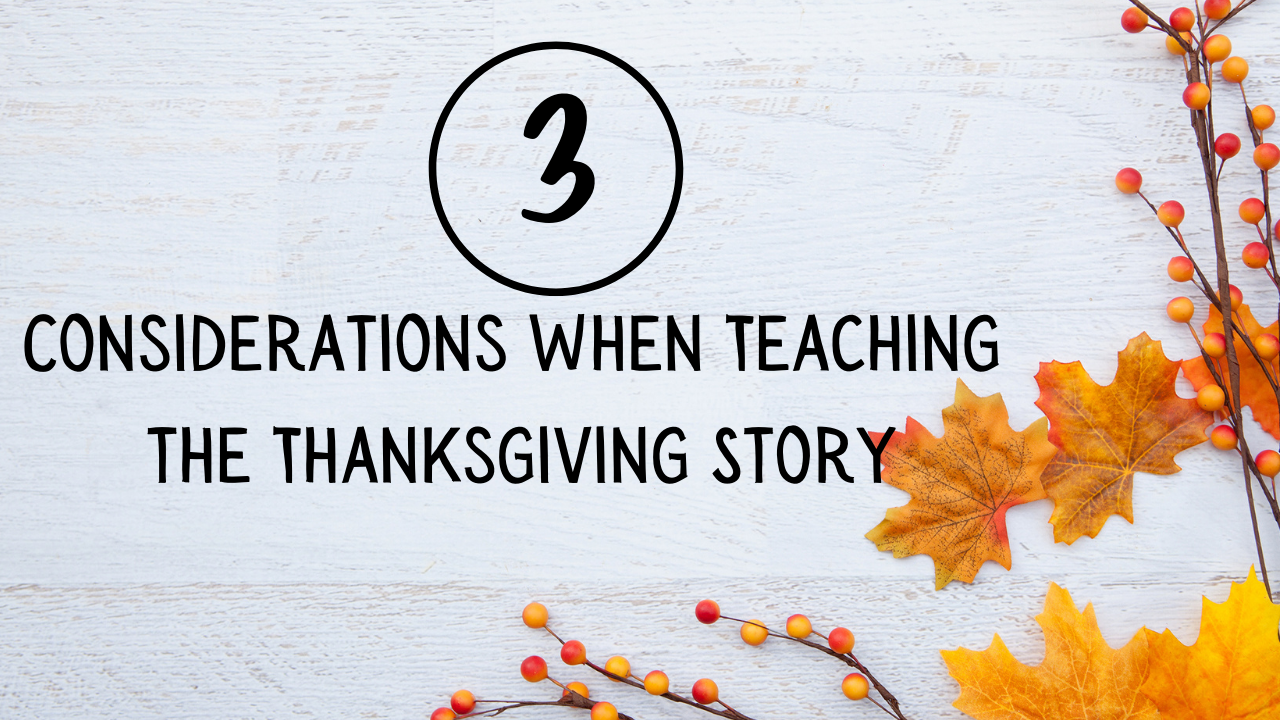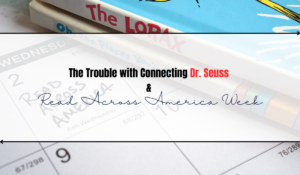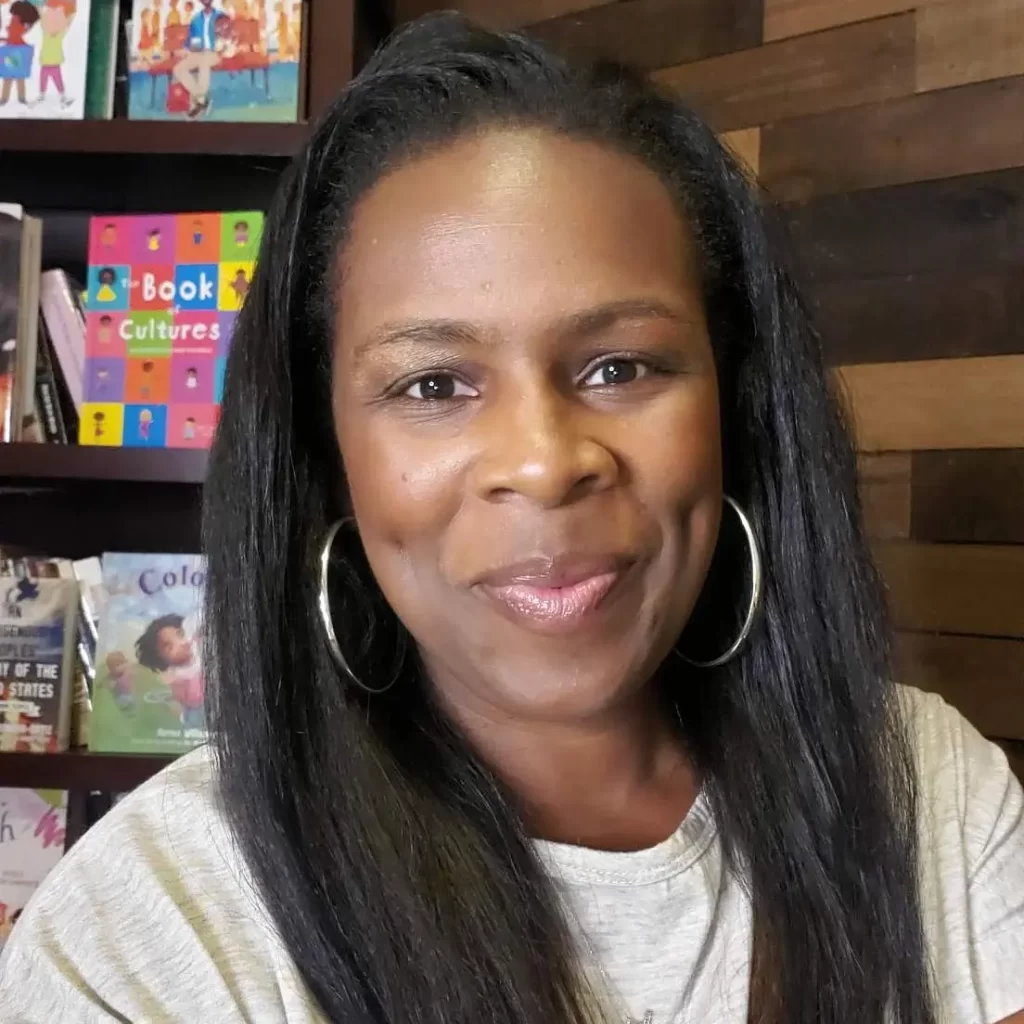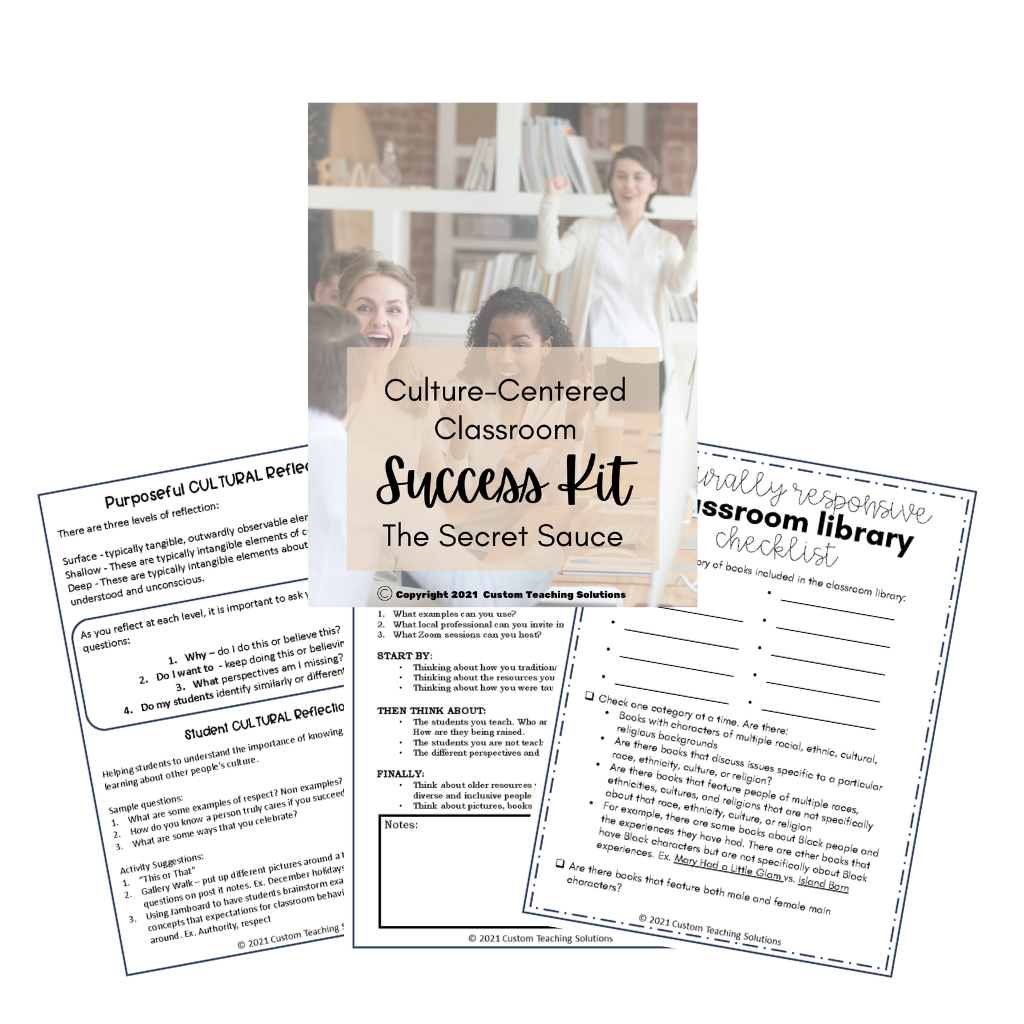Whether Thanksgiving is a few months away, or a few days away, there are a few things to consider as you plan your lessons and prepare to facilitate conversations with your students.
As with all lessons, creating the Thanksgiving lesson should be done with purpose and intentionality. This is a lesson that should be revisited often to ensure the goals and the lesson truly align. While creating or revisiting the lesson, consider the following:
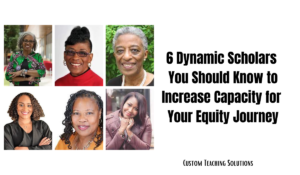
6 Dynamic Scholars You Should Know to Increase Capacity for Your Equity Journey
Providing information and strategies and examples of how to create a learning space that centers equity, celebrates diversity, and

